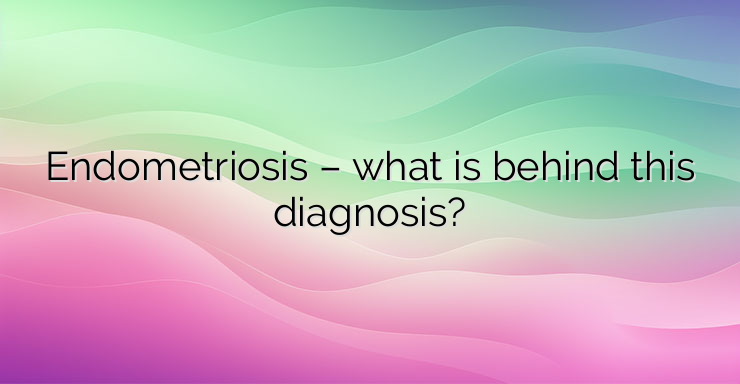1. What is endometriosis? Endometriosis is a disease that has significantly increased its incidence in recent years. By its nature, it is a benign disease with a progressive course. It is characterized by the presence of endometrium outside the uterine cavity. The endometrium is the innermost layer of the uterus, made up of cylindrical epithelium and numerous glands that are dependent on a woman’s hormones during the various stages of the monthly cycle. Beneath the endometrium are the muscle layer (myometrium) and in some places the perimetrium. In the disease endometriosis, the endometrium is found in various places outside the uterus, maintaining its dependence on hormones. That is, under the action of ovarian hormones, this tissue develops as a functioning endometrium. The location can also be within the confines of the uterus, but deep within the myometrium. This condition is called adenomyosis. 2. How does it develop? Endometriosis is an estrogen-dependent disease. Estrogens are a group of hormones that are produced by the ovaries. Most often, newly formed endometrial tissue is located on the pelvic organs or the peritoneum, but it can also involve organs outside the abdominal cavity. Endometrial tissue that develops in unusual places has similar properties to that in the uterine cavity. It renews itself and bleeds, but it does not happen periodically and synchronously. As a result of the blood separated from it, a reaction occurs on the surrounding tissue and pseudocysts can form – the so-called “chocolate cysts”. These are ovarian cysts formed in endometriosis. As a result of this disease and the changes that occur, damage to the internal genital organs can be reached. 3. Spread of endometriosis According to the location of the endometrial foci, endometriosis is divided into genital and extragenital. The most common is the appearance of foci in the ovaries, but the fallopian tubes can also be affected. This often leads to their blockage and is one of the causes of infertility in women. The extragenital location of endometrial foci occurs most often on the organs in the abdominal cavity. These are the bladder, large intestine and small intestine. In caesarean section, it can develop at the site of the incision. 4. What complaints do women with this diagnosis have? The symptoms of the disease are not specific to him. They are expressed in painful menstruation, and the pain is felt low and rarely goes away when taking painkillers. There may be disturbances in the menstrual cycle, but this indicates the progression of the disease. NEWS_MORE_BOX Very often the diagnosis is made in the course of searching for the cause of infertility in a woman. This is due to adhesions that occur in the abdominal cavity as a result of bleeding from endometrial foci and the reaction of the tissue. These adhesions make it difficult for the egg to move from the ovary to the uterus. When the disease has affected extragenital organs, such as the bladder, hematuria – blood in the urine – may appear. 5.How is endometriosis diagnosed? Making the diagnosis is difficult, as for its presence the doctor can be guided by adhesions that are discovered during the gynecological examination. In order to visualize the endometrial foci more clearly, assuming this diagnosis, it is appropriate to perform the examination before menstruation. During an ultrasound examination, the foci can be detected. 6. Approach after proving the diagnosis Most often, the diagnosis is established by conducting a laparoscopic examination. Treatment includes surgical treatment of new lesions. Medical treatment, which is carried out with hormonal preparations, can also be applied.


Leave a Reply